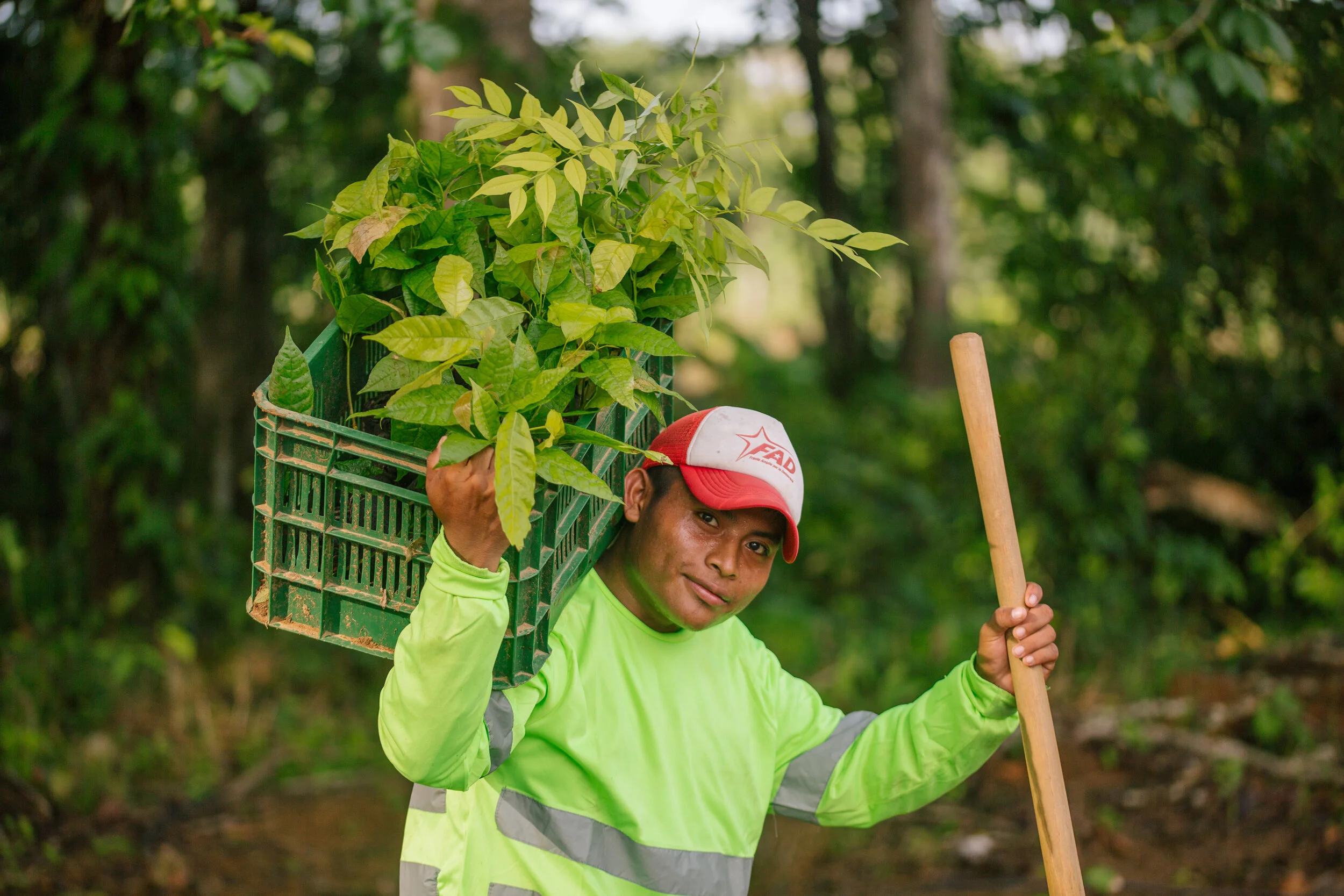“We believe that a holistic approach to farming can turn the root cause of many of today’s problems into solutions. Successful outcomes require an intimate understanding of the landscape as well as the challenges facing the people living in it.”
THREE PILLARS OF SUSTAINABLE IMPACT
Our Theory of Change (TOC) is structured according to three key areas of sustainability: CLIMATE, COMMUNITY, and BIODIVERSITY. These pillars strategically align with the social and environmental impact verification methodologies of international standards for land management projects aimed at convincingly mitigating global climate change, conserving biodiversity, improving well-being, and reducing poverty in local communities.
THEORY OF CHANGE
Our corporate Theory of Change (TOC) provides the vision and guidelines for why and how we will drive positive impact through our projects. That vision is made tangible through the detailed and monitorable actions developed in our corporate policies and standard operating procedures (SOP), which we track using progress and impact indicators. Independent third-party verifications and audits from internationally recognized and industry leading certification bodies help us to measure and report our impact to both investors and the general public. In every way, these different components of the Sustainability Framework are complimentary and reinforcing, meaning that as international standards become more rigorous, so too will our policies; likewise, as our vision becomes more ambitious over time, our progress and impact indicators will reflect the higher standards that we are achieving.
From concept to practical implementation
Each individual 12Tree farm builds sustainable practices into its operations in a way that is relevant to the specific ecological, cultural, and agronomic context of a protect. Moreover, the progress and impact indicators tracked by 12Tree are directly aligned with the United Nation’s Sustainable Development Goals (SDGs)- allowing us to evaluate our contribution towards these universal goals. We look forward to reporting our progress and impact using this new framework from 2022 onward.
impact results
2018-2023
1,700 jobs created
- Salaries above minimum wage + benefits
- Access to health insurance
- Training and Capacity Building Programs
20,000 hectares sustainable use
- Soil improvement
- Reforestation
- Increased ecosystem resilience
4,000 hectares conservation area
- Biodiversity protection
- Protection of water catchment areas
- Wildlife habitats
2.5 million tons of carbon sequestered
- Climate action
- Reduced greenhouse gas emissions
- Every farm on average has more than 1 milion trees!
*over 20-year project timeline
























